Genome Instability & Disease Volume 1. Issue 6 简介
1. Cell plasticity and genomic instability in cancer evolution | Yan Xu, Hui Li, Fan Yang, Dingpeng Yang & Bin-Bing S. Zhou
Cancer cells continually evolve during tumor development, resulting in a high level of cellular plasticity. In their latest review, Hui Li et al. outline the relationships between cancer cell plasticity, genomic instability and mutagenesis during cancer development. Their summary of the latest findings in this area serves as an excellent reference for us to better understand cancer and design effective therapeutic strategies.
癌细胞在肿瘤发展过程中不断进化演变,具有高度的可塑性,在基因型与表型上与正常细胞均有明显的差异。在这篇综述里,Bin-Bing S. Zhou和他的同事介绍了癌症发展过程中癌细胞可塑性,基因组不稳定性和诱变之间的关系,对我们更好地了解癌症以及癌症治疗策略提供了参考。上海交通大学医学院的周斌兵教授为本文的通讯作者,Yan Xu是本文的第一作者。
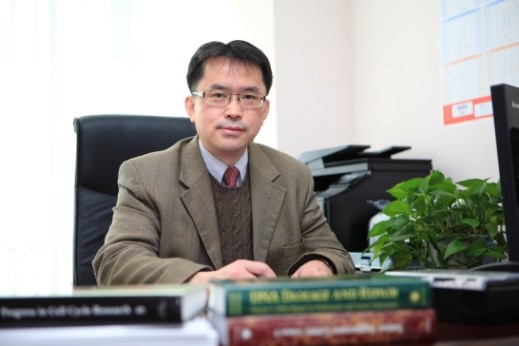
Bin-Bing S. Zhou 教授
全文下载:https://link.springer.com/article/10.1007/s42764-020-00023-w
2. A new insight into base excision repair (BER) in targeted cancer therapy | Rakesh Kumar
Excessive reactive oxygen species generation and resulting oxidative DNA damage are known drivers of cancer. In this commentary, Rakesh Kumar explains the latest data produced by Bao et al. (Free Radic. Biol. Med., 2020) that suggest that the sensitivity of certain tumor cells to DNA damage therapy is regulated by UNG2 acetylation status. Kumar identifies the key questions arising from this exciting work, and speculates on how this novel regulatory mechanism might be harnessed to improve the sensitivity of tumor cells to DNA damage treatments.
ROS和氧化性DNA损伤与癌症发生密切相关,在这篇综述里,Rakesh Kumar根据最近发表的文章, 提出了某些肿瘤细胞对DNA损伤疗法的敏感性受到UNG2乙酰化修饰的调控,这种新颖的调控机制对我们了解ROS与癌症的关系,以及提高肿瘤细胞对DNA损伤疗法的敏感性,具有重要意义。印度喀拉拉邦特里凡得琅拉吉夫·甘地生物技术中心与美国弗吉尼亚州联邦大学医学中心人类与分子遗传学系的Rakesh Kumar是本文的唯一作者。

Rakesh Kumar教授
全文下载:https://link.springer.com/article/10.1007/s42764-020-00024-9
3. Targeting DNA repair pathways: mechanisms and potential applications in cancer therapy | Yongtai Bai, Weibin Wang & Jiadong Wang
Efforts to target the DNA damage response pathways during cancer therapy are ongoing. An area of intense research centers around PARylation and PARP inhibitors. In this review, Jiadong Wang and colleagues detail the putative underlying mechanisms of such inhibitors, as well as other notable drugs that target the DNA damage response pathways. They explain how improving our understanding of the mechanisms of DNA damage response pathway inhibitors will expedite the development of effective cancer therapeutics.
针对DNA损伤修复通路的癌症靶向治疗,一直是科学研究的热点。近几年,PARylation以及PARP抑制剂成为关注的焦点。在这篇综述里,王家冬和他的同事介绍了DNA损伤修复通路中PARP在内的几个重要靶点及其作用机制,为我们更好地了解DNA损伤修复通路癌症靶向治疗的最新进展提供帮助。北京大学基础医学院的白永泰是本文的第一作者,王维斌副研究员和王嘉东研究员是本文的共同通讯作者。
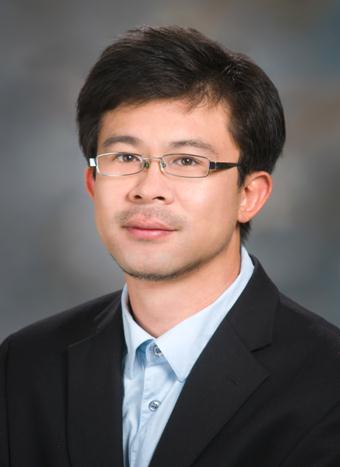
王嘉东研究员
全文下载:https://link.springer.com/article/10.1007/s42764-020-00026-7
4. TIP60 recruits SUV39H1 to chromatin to maintain heterochromatin genome stability and resist hydrogen peroxide-induced cytotoxicity | Bo Tu, Yantao Bao, Ming Tang, Qian Zhu, Xiaopeng Lu, Hui Wang, Tianyun Hou, Ying Zhao, Ping Zhang & Wei-Guo Zhu
TIP60 is an important histone acetyltransferase involved in chromatin remodeling and DNA damage repair. Now, Bo Tu et al. describe for the first time how TIP60 maintains heterochromatin structure and genome stability by recruiting SUV39H1 to chromatin during conditions of oxidative stress. They ultimately reveal the mechanism by which TIP60 regulates DNA damage and repair, indicating that TIP60 could be a promising target to sensitize cancer cells to therapies that promote reactive oxygen species production.
TIP60是一种重要的组蛋白乙酰转移酶,参与染色质重塑与DNA损伤修复,但其作用机制尚未完全明确。本文首次报道了TIP60在氧化应激时通过将SUV39H1募集到染色质上来维持异染色质结构和基因组稳定性,揭示了TIP60调控DNA损伤修复的机制,为提高癌细胞对ROS促进疗法的敏感性,提供新思路。本文的共同第一作者分别是来自美国弗雷德·哈钦森癌症研究中心的涂博,深圳大学医学部的包砚涛,北京大学医学部的汤明,北京大学医学部的张萍与深圳大学医学部的朱卫国教授为本文的共同通讯作者。
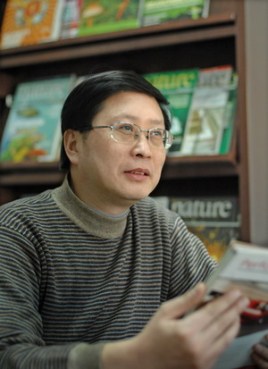
朱卫国教授
全文下载:https://link.springer.com/article/10.1007/s42764-020-00025-8

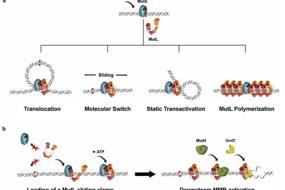
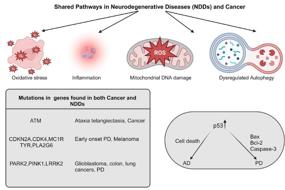
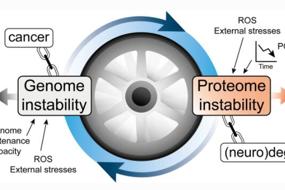
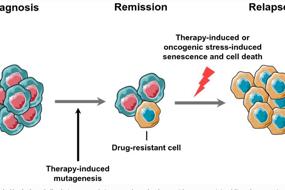
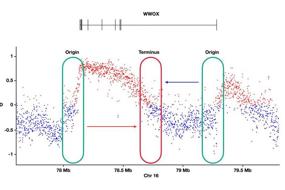
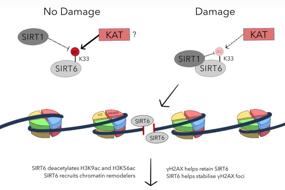
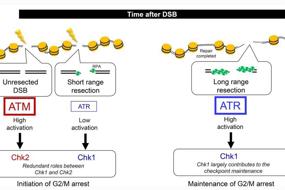
用户登录
还没有账号?
立即注册